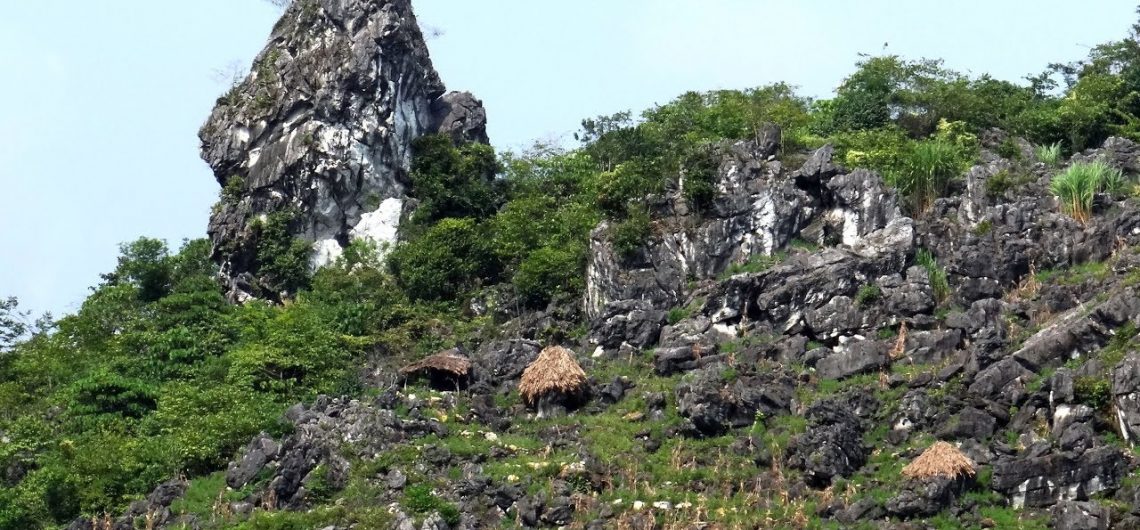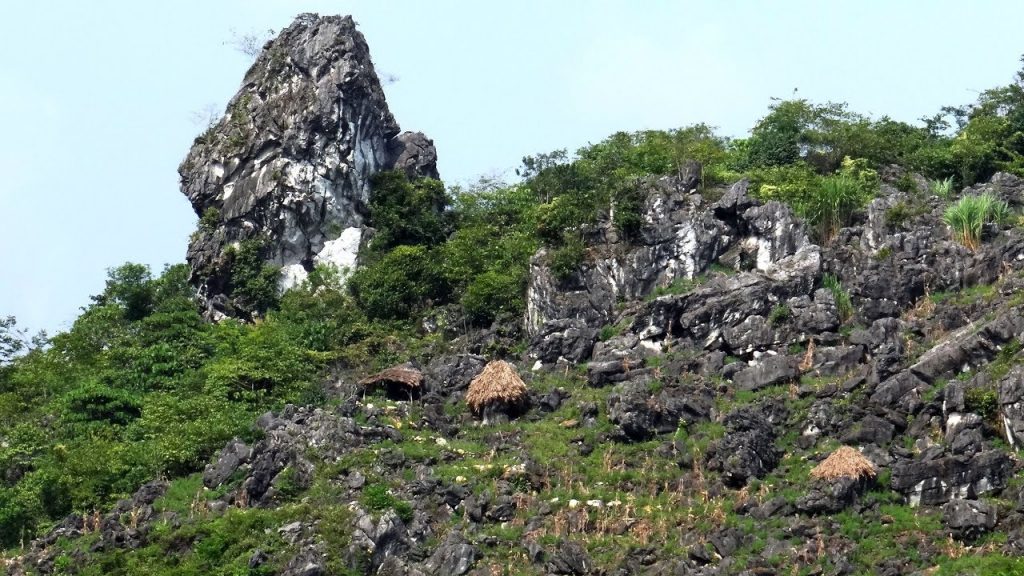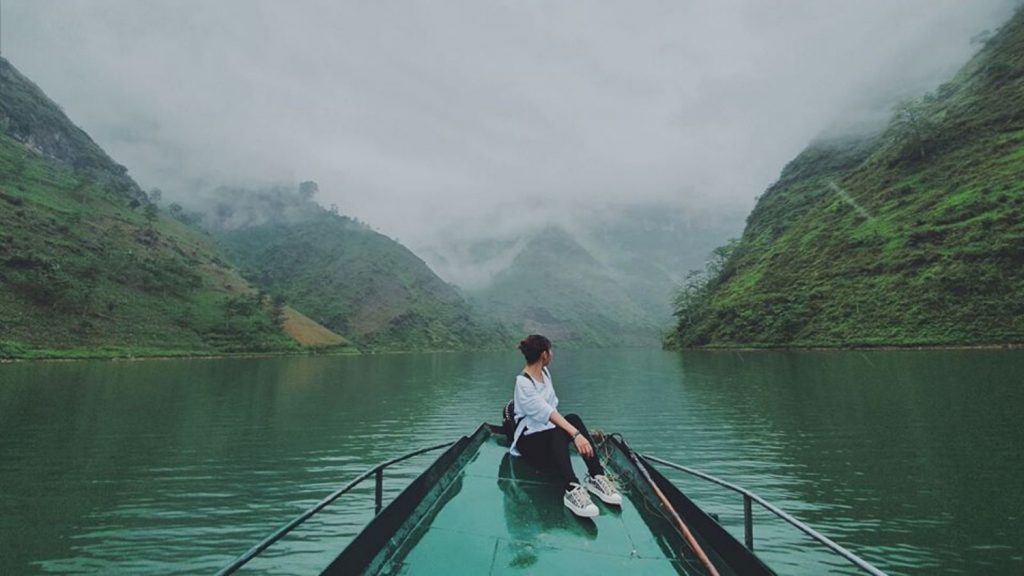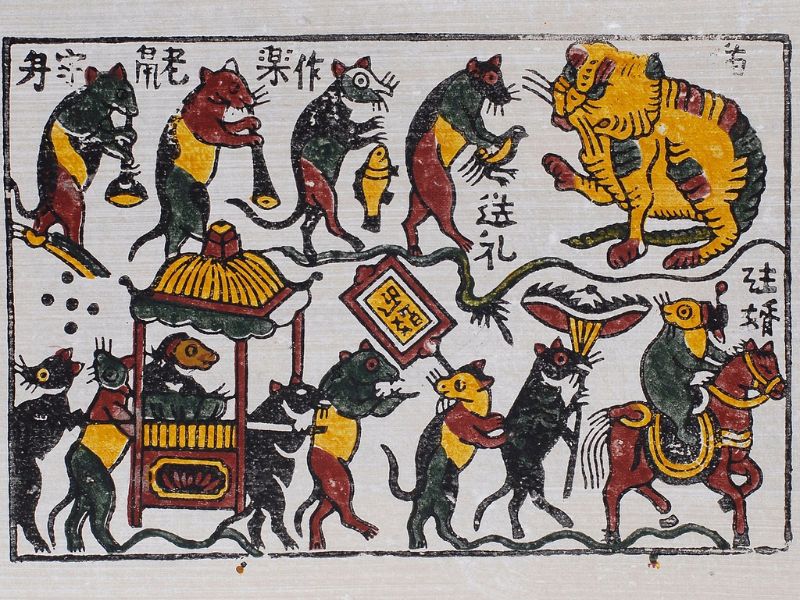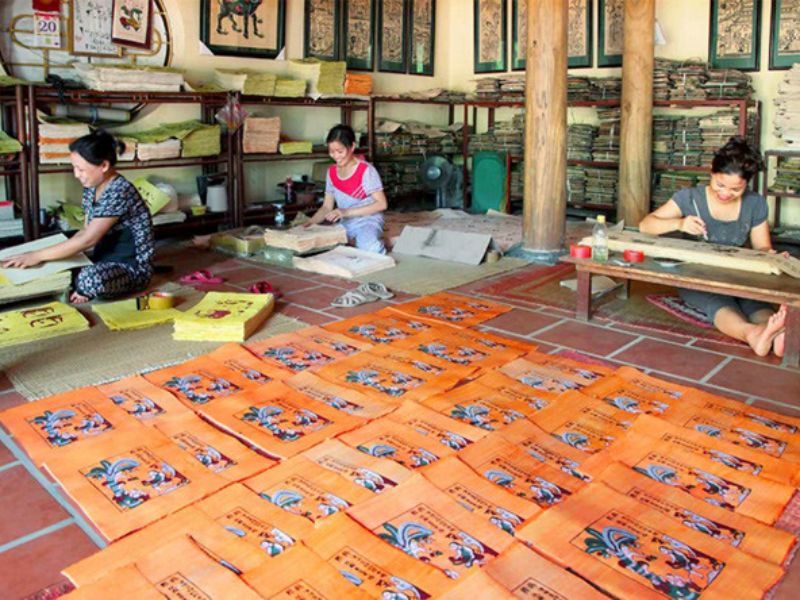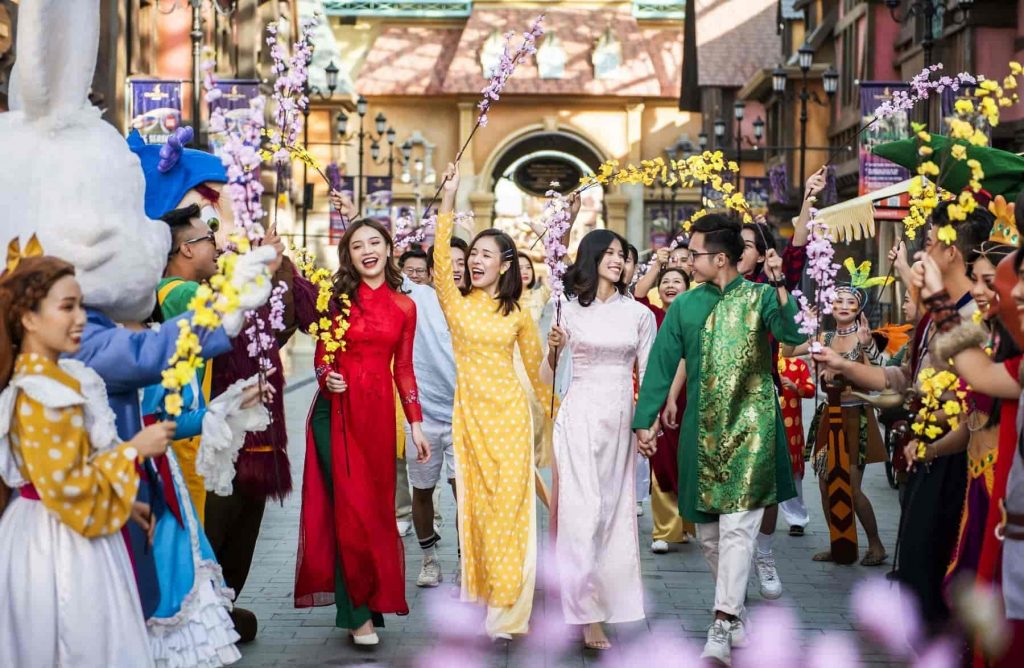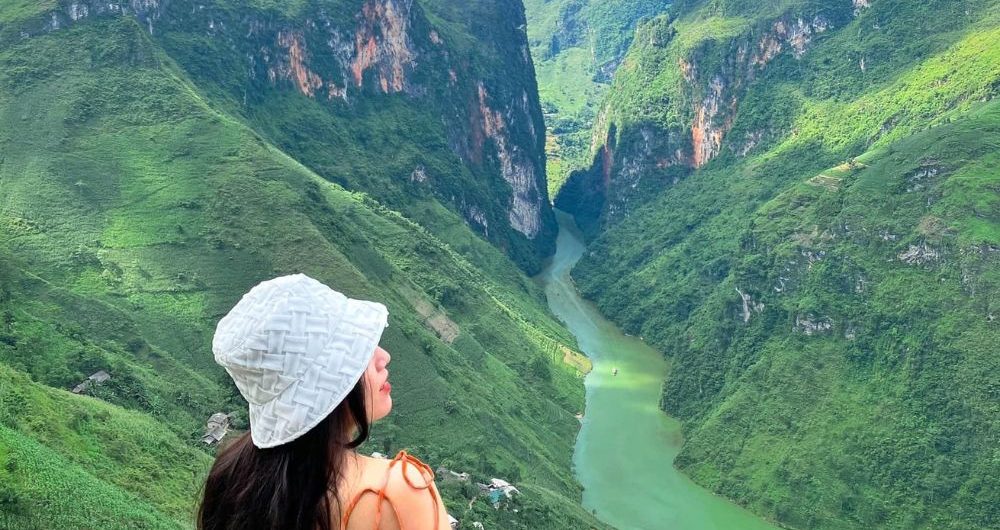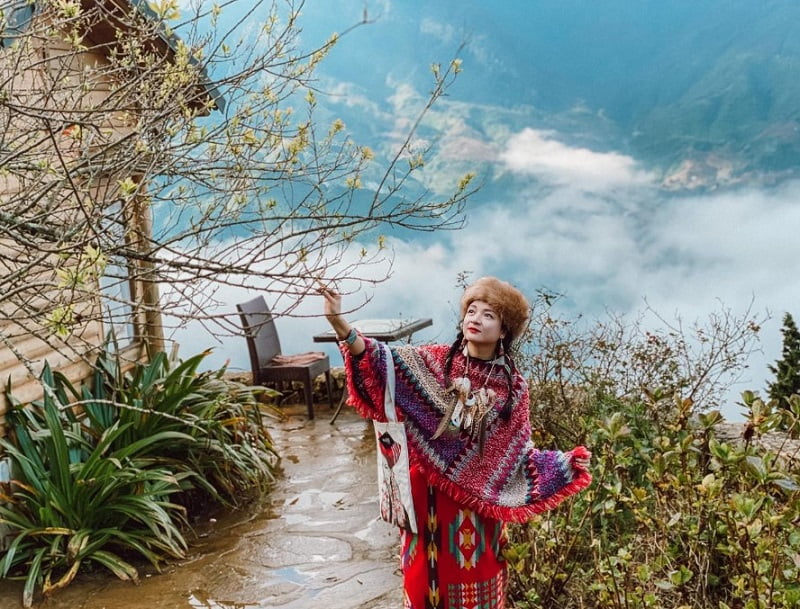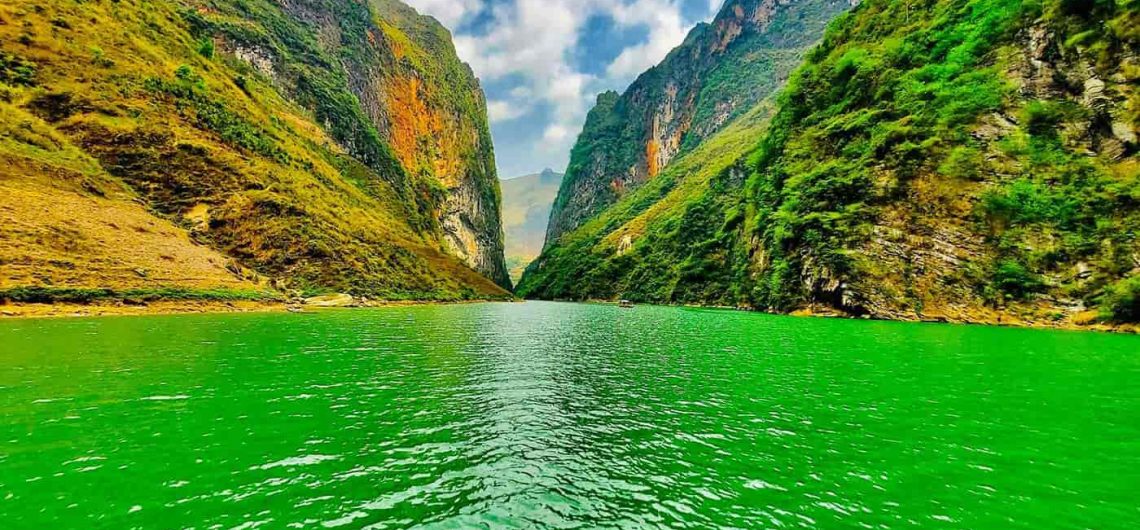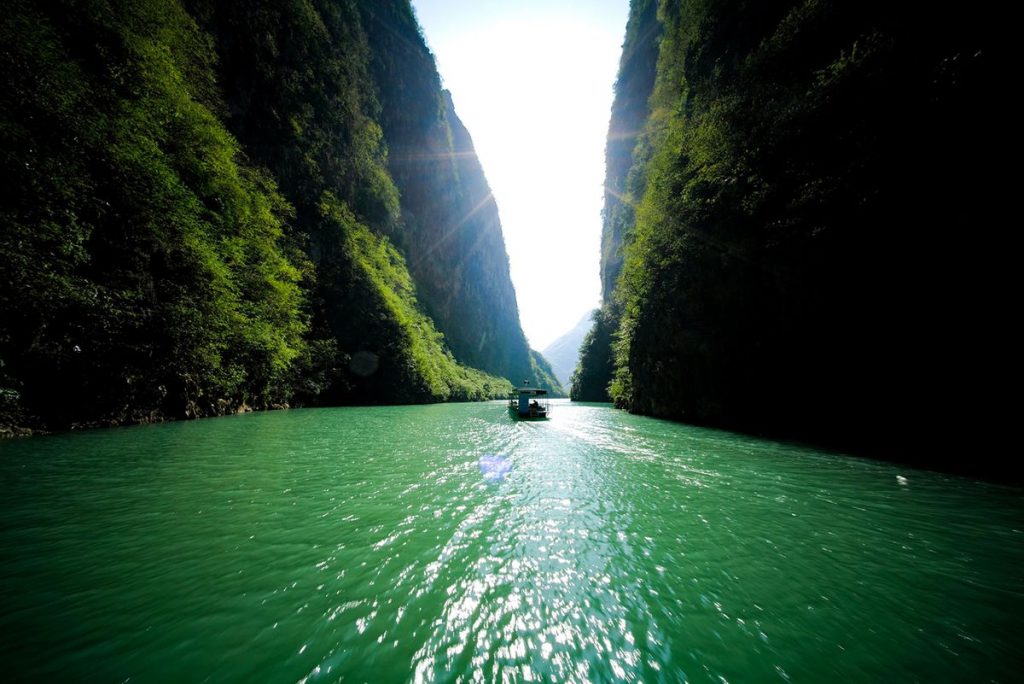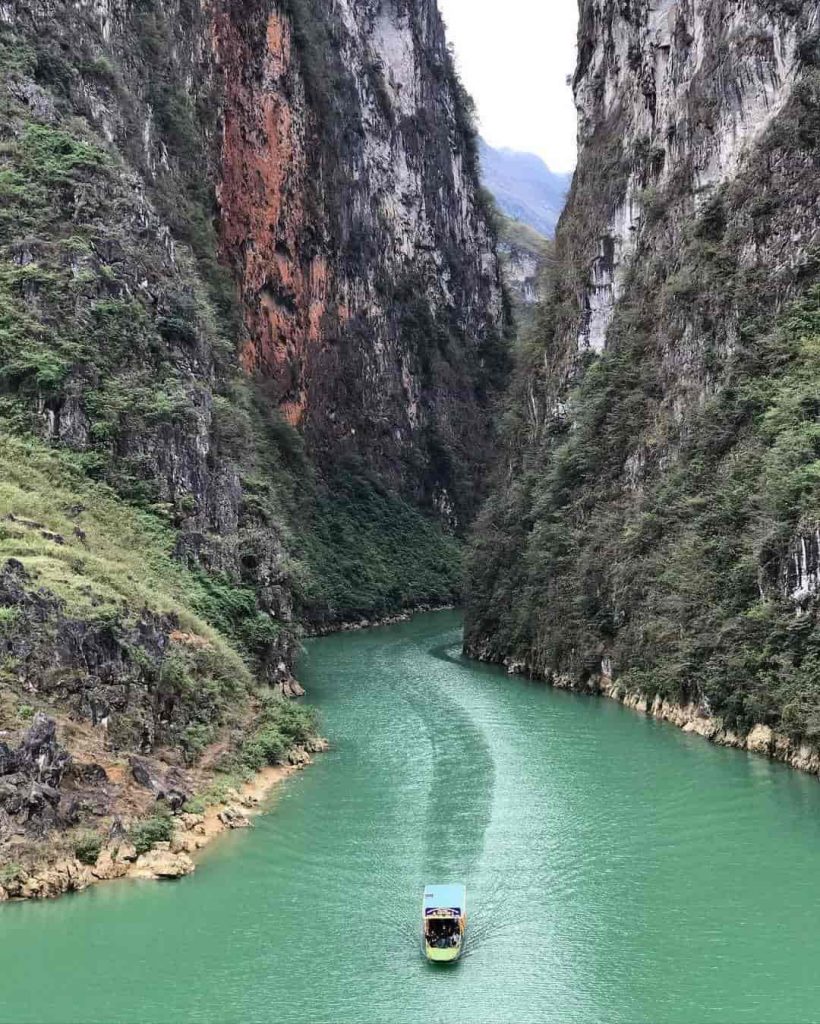The ticket prices to the Ancient Capital Hoa Lu are currently drawing a lot of interest from tourists because this is an extremely famous destination in Ninh Binh with many historical values. Hoa Lu Ancient Capital bears significant imprints, pride, and the heroic spirit of the Vietnamese people. It is a place that attracts many visitors not only for its important historical significance but also for its stunning natural landscapes, all combining to create a sacred beauty. Let’s explore together with DanangPrivateCar.com’s to find out how much the ticket prices to the Ancient Capital Hoa Lu are so that you can fully explore the interior. Check out the detailed information in the following article.
Introduction to Hoa Lu Ancient Capital
Where is Hoa Lu Ancient Capital?
Hoa Lu Ancient Capital is located in Truong Yen commune, between the borders of Gia Vien district and Hoa Lu district, in a beautiful area near the magnificent landscapes of Ninh Binh such as Tuyet Tinh Coc, Bai Dinh Pagoda, and Trang An. It holds significant importance in Vietnamese culture, witnessing the changes of many dynasties from the Dinh, Early Le to the early years of the Ly dynasty.

Hoa Lu Ancient Capital still retains its primitive charm without undergoing significant changes. The sturdy walls covered with moss over the years paint a vivid picture of resilience through time. It is not only an integral part of the Trang An World Cultural and Natural Heritage but also a unique architectural museum, preserving over 30 thousand years of history, attracting many tourists. Hoa Lu Ancient Capital, like an outdoor museum, vividly testifies to the formation and development of the nation. With reasonable ticket prices to Hoa Lu Ancient Capital, you can own a ticket and explore the beauty within.
History of Hoa Lu Ancient Capital
The ticket prices to Hoa Lu Ancient Capital are quite reasonable, as for just 20,000 VND, you can own a ticket to explore a heroic place of the Vietnamese people. Hoa Lu Ancient Capital is not only a witness to the prosperity of the Dinh, Early Le dynasties, and the beginning of the Ly dynasty but also a magnificent depiction of the nation’s defense achievements. With its strategic location, surrounded by hills and the winding Hoang Long river, it creates a perfect picture of nature. Hoa Lu has become a solid fortress and the place where kings asserted sovereignty and established the Dai Co Viet state.
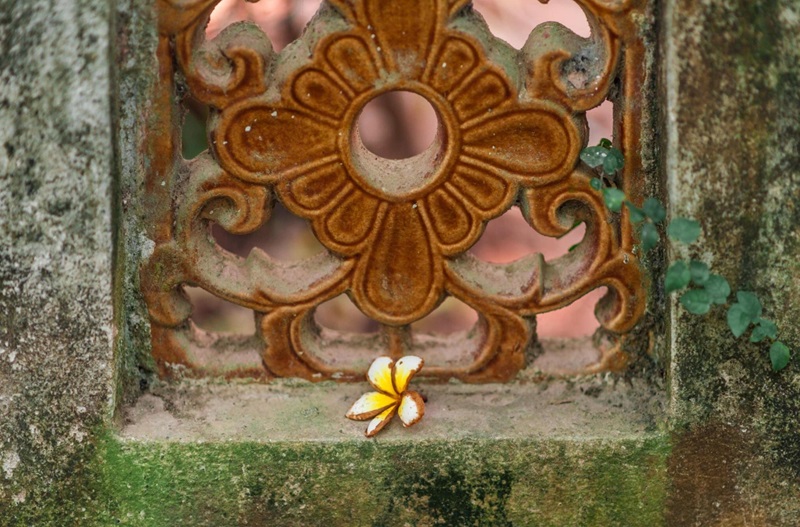
Hoa Lu Ancient Capital has now become a part of a glorious past, although it is no longer the political center. With architectural relics such as temples and pagodas still rigorously preserved by the government, it is an attractive destination for tourists who want to learn more about Vietnam’s glorious past through various historical periods. Hoa Lu not only attracts domestic tourists but also captivates foreign visitors.
Ancient Architecture at Hoa Lu Ancient Capital
Temple of King Dinh Tien Hoang
The Temple of King Dinh Tien Hoang is one of the must-visit destinations in Hoa Lu Ancient Capital. It is notable not only for its historical value but also for its unique and sophisticated architecture. The distinctive feature of the temple is the excellent combination of domestic and foreign architectural styles, connecting the front palace and the rear palace into a rectangular shape. This creates an impressive space, exploring every corner with the harmonious blend of ancient architectural art making the space more magnificent than ever.
Upon entering, you’ll encounter the Ngọ Môn Gate with the four Chinese characters “Bắc môn tỏa thược dược” (North Gate Radiating Herbal Medicine). Moving inside, you’ll find four more characters, “Tiền Triều Phượng Các” (Front Dynasty Phoenix Pavilion), emphasizing the solemnity and majesty of the temple space, making it extremely sacred.

In front of the temple is the Crescent Moon Lake built in a palace style, adorned with lotus flowers, creating a solemn atmosphere. Moving inside the temple, you’ll encounter three main buildings: Bai Duong, Thieu Huong, and Chinh Cung. Chinh Cung, built in five spans, honors King Dinh Tien Hoang through a gilded statue, wearing a Binh Thien hat, sitting on a stone pedestal. Next to it is a statue of descendants, a harmonious combination of religion and history, making the Temple of King Dinh Tien Hoang a sacred and unique temple.
Temple of King Le Dai Hanh
After visiting the Temple of King Dinh Tien Hoang, tourists can visit the Temple of King Le Dai Hanh. This is one of the important historical relics in Hoa Lu Ancient Capital, attracting tourists. The temple of King Le bears unique architectural and sculptural characteristics. The temple was built at the same time as the Temple of King Dinh Tien Hoang, so it still follows the ancient architecture deeply imbued with Vietnamese culture.
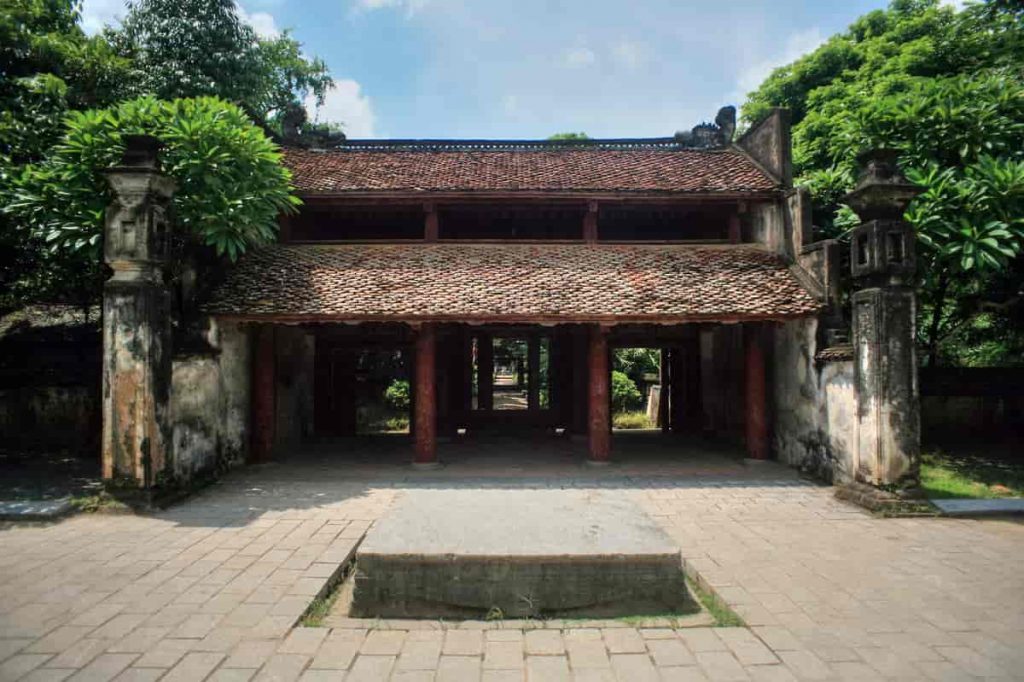
The Temple of King Le Dai Hanh consists of three small structures. First is Bai Duong with five spans, decorated with three large gold-plated plaques, highlighting cultural and historical messages with the messages: “Trường Xuân Linh Tích” (Spring School Legend), “Dương Thần Vũ” (Yang God Dance), and “Xuất Thánh Minh” (Saint Manifestation). Then comes Thieu Huong, built in the style of cylindrical tubes, carrying the culture of the Early Le dynasty and worshiping the four pillars of the Early Le dynasty.
Chinh Cung, also built in five spans, is where the statue of King Le Dai Hanh is located. The special thing is that the statue of the king is placed on a stone pedestal in the middle span. The left span displays a statue of Queen Duong Van Nga, while the right span houses a statue of Le Long Dinh, the fifth son of King Le Dai Hanh and the third king of the Early Le dynasty.
Nhat Tru Pagoda
Nhat Tru Pagoda, also known as an impressive spiritual edifice, was built in the 10th century and serves as an endless inspiration for those who love cultural heritage. The pagoda has a rich history, holding many precious ancient artifacts and playing a role as a living witness to the important periods of the country.

Every morning, the sunlight reflects on the stone columns in front of the pagoda courtyard, highlighting the structure amidst the lush green space. Nhat Tru Pagoda is not only a place of worship but also a symbol of uniqueness in architecture. The pagoda has a distinctive “Dinh” shape, featuring various structures such as the main hall, ancestral house, reception hall, dining hall, and tower. These elements create a sacred and dignified space for visitors to come and pray for peace. Immersing oneself in the tranquil space of Nhat Tru Pagoda is an unmissable spiritual experience, promising to bring many unique historical and cultural stories.
Princess Phat Kim Temple
To enter the Princess Phat Kim Temple, you need a ticket with the entrance fee to Hoa Lu Ancient Capital being 20,000 VND per person. This place is also known as the Thuc Tiet Princess Temple. The noble space of Princess Phat Kim Temple makes it an unmissable destination for those who appreciate antiquity.
Built mainly with limestone and bricks, the structure of Princess Phat Kim Temple is an exquisite work of art. Divided into multiple tiers, each tier has its own entrance and exit, creating style and uniqueness for the temple as visitors step inside. The tiers of the temple not only represent the sacredness in worshiping Princess Phat Kim but also serve as existing art spaces, leaving visitors in awe of the intertwined historical and cultural beauty.
What further distinguishes the temple is the delicate decoration with many beautiful sculptures and motifs. From small details such as patterns and characters to large sculptures, the Princess Phat Kim Temple is a symbol of respect and reverence for the glorious past, cherished by future generations.
Hoa Lu Tu Tran (The Four Guardian Temples of Hoa Lu)
Hoa Lu Tu Tran are four sacred shrines revered by the local people. They play the role of guardians of the four important directions of the ancient capital of Hoa Lu and are symbols of reverence and gratitude towards the divine protectors who safeguard this beautiful land. Legend has it that these deities made significant contributions to assisting and protecting the capital of Hoa Lu. Therefore, King Dinh Tien Hoang decided to establish temples at the four main gates of the Hoa Lu Citadel.
The Hoa Lu Four Guardian Temples consist of four shrines: the Temple of the Heavenly Deity in the East, the Cao Son Deity in the West, the Quy Minh Deity in the South, and the Kong Lo Deity at the northern gateway. These temples not only symbolize reverence but also harbor many historical and cultural values of the ancient capital of Hoa Lu.
Ticket prices to Hoa Lu Ancient Capital in 2024:
- Adults: 20,000 VND per ticket
- Children over 1m2: 20,000 VND per ticket
- Children under 1m2: Free
Ticket prices to Hoa Lu Ancient Capital may change over time depending on the policies of the tourist area. If you plan to visit with your family and loved ones, it is advisable to check the latest ticket price information from reliable sources. Additionally, you can directly visit the official website of Hoa Lu Ancient Capital.
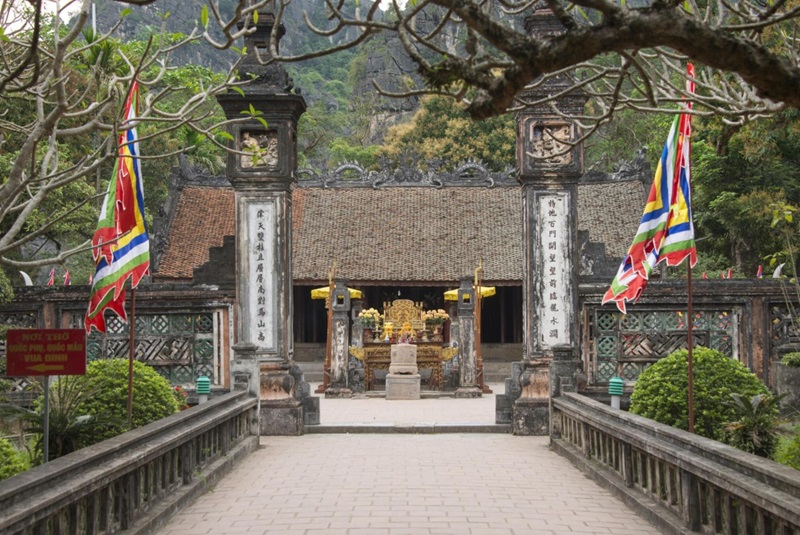
Famous Attractions near Hoa Lu Ancient Capital
Mua Cave
- Address: Khe Dau Ha Village, Ninh Xuan Commune, Hoa Lu District, Ninh Binh
- Ticket Price: 100,000 VND per person
Mua Cave is an ideal destination for experiencing alongside Hoa Lu Ancient Capital, as they are conveniently located about 4km apart. Known for its unique and pristine natural landscapes, Mua Cave is a must-visit attraction. Here, visitors can embark on a challenging journey of climbing 500 steps to reach the summit of Mua Mountain. Despite the challenging ascent, the breathtaking views from the top, including lush green rice fields, meandering rivers, and distinctive limestone mountains, make it a memorable experience.

Tam Coc – Bich Dong
- Address: Located in Hoa Lu District, Ninh Binh Province
- Ticket Price: 250,000 VND per person
Tam Coc – Bich Dong is another remarkable destination, covering a vast area of up to 350 hectares. It is renowned for its stunning natural landscapes and a system of caves nestled within limestone mountains, creating a magnificent picture. Upon arrival, visitors begin a boat ride through the water caves, passing through three main caves: Hang Ca (First Cave), Hang Hai (Second Cave), and Hang Ba (Third Cave).

Tam Coc – Bich Dong is not only famous for its majestic natural scenery but also for its cultural significance, with unique artistic and spiritual structures beloved by many tourists. Besides the grand natural landscapes, there are also sacred sites such as temples and pagodas, including Thai Vi Temple and Bich Dong Pagoda. Tam Coc promises to be a wonderful sightseeing destination for all visitors.
Trang An Ecotourism Area
- Address: Located within the Trang An Landscape Complex
- Ticket Price: 250,000 VND per person
When mentioning Ninh Binh, people often think of Trang An Ecotourism Area, a haven for nature lovers to explore the majestic beauty of limestone karst landscapes. Here, visitors have the opportunity to immerse themselves in a serene and refreshing environment, soaking in the perfect beauty of Mother Nature.

A highlight activity at Trang An is the scenic boat ride through rivers and caves. In addition to enjoying the stunning natural scenery, Trang An also opens up opportunities to explore the historical and cultural heritage with unique temples, pagodas, and ancient tombs, providing an unforgettable experience for many tourists.
Some Notes when Visiting Hoa Lu Ancient Capital:
- Dress appropriately as Hoa Lu Ancient Capital is a sacred place.
- Maintain order, avoid pushing or shoving, and ensure a quiet atmosphere.
- After eating, do not litter or mess around, as it affects the aesthetic appeal of the surroundings.
- For first-time visitors to Hoa Lu Ancient Capital, it’s advisable to check the map beforehand to confidently navigate the area.
- Bring a hat, cap, and sunscreen during the summer as there is no shaded area in Hoa Lu Ancient Capital.
- For tour groups, it’s important to follow the directions of the tour guide and site management.
- Don’t forget to bring your camera or phone to capture the scenery here.
The article on DanangPrivateCar.com’s has shared the latest information on ticket prices to Hoa Lu Ancient Capital in 2024 in the most detailed manner. Hoa Lu Ancient Capital will undoubtedly be one of the must-visit destinations. The ticket prices to Hoa Lu Ancient Capital are not fixed and are subject to change over time. If you are planning to visit Hoa Lu Ancient Capital with your loved ones, you can learn more about ticket prices on the website or contact us for the quickest support.

